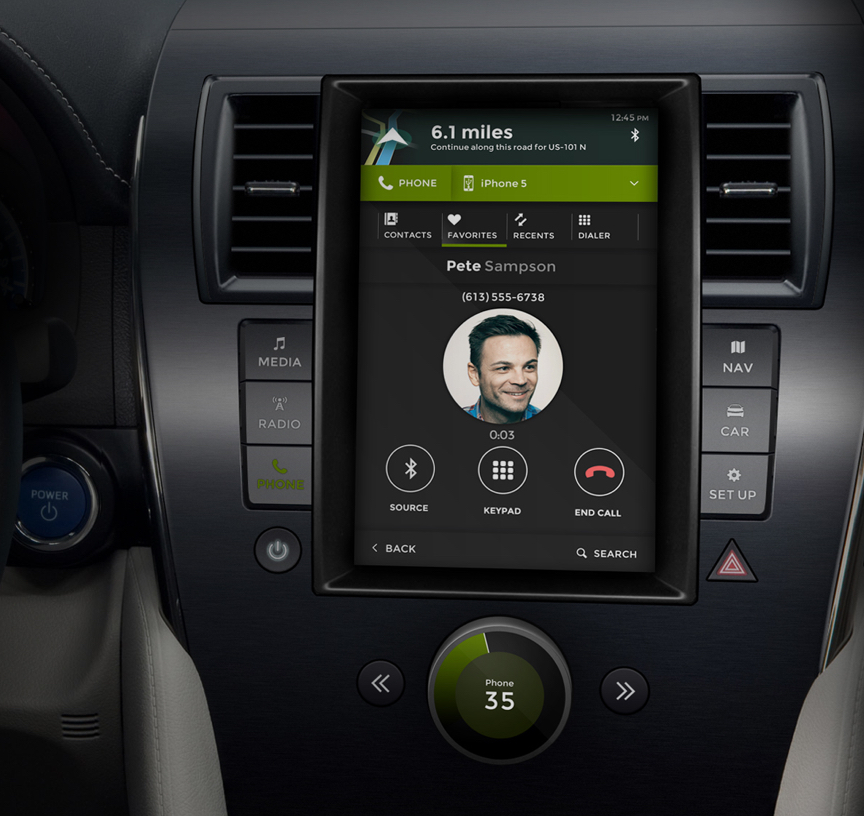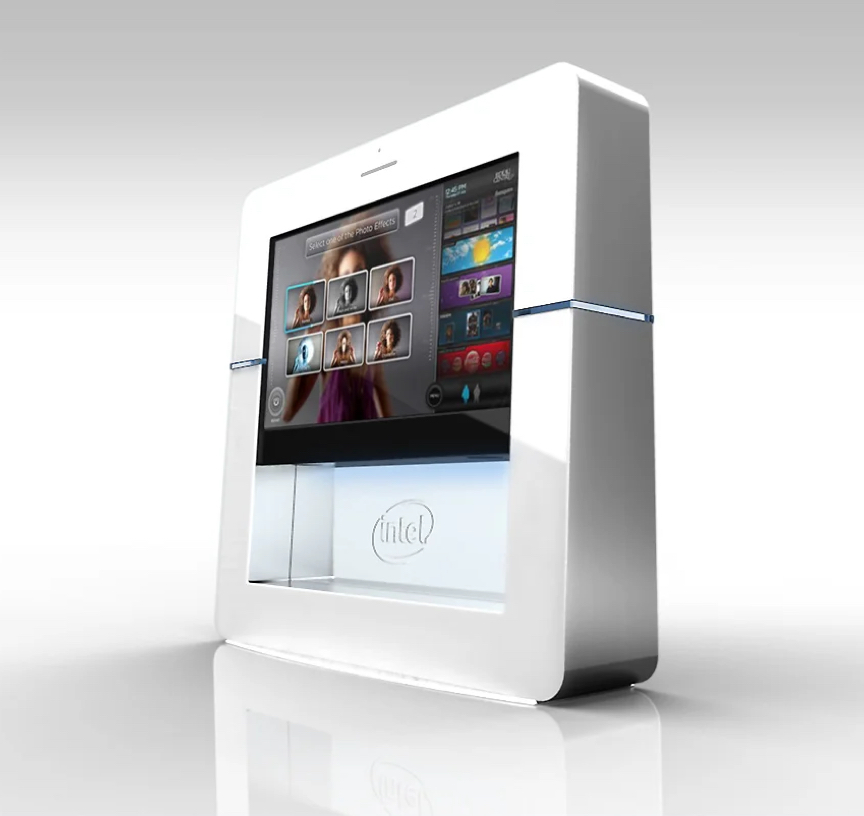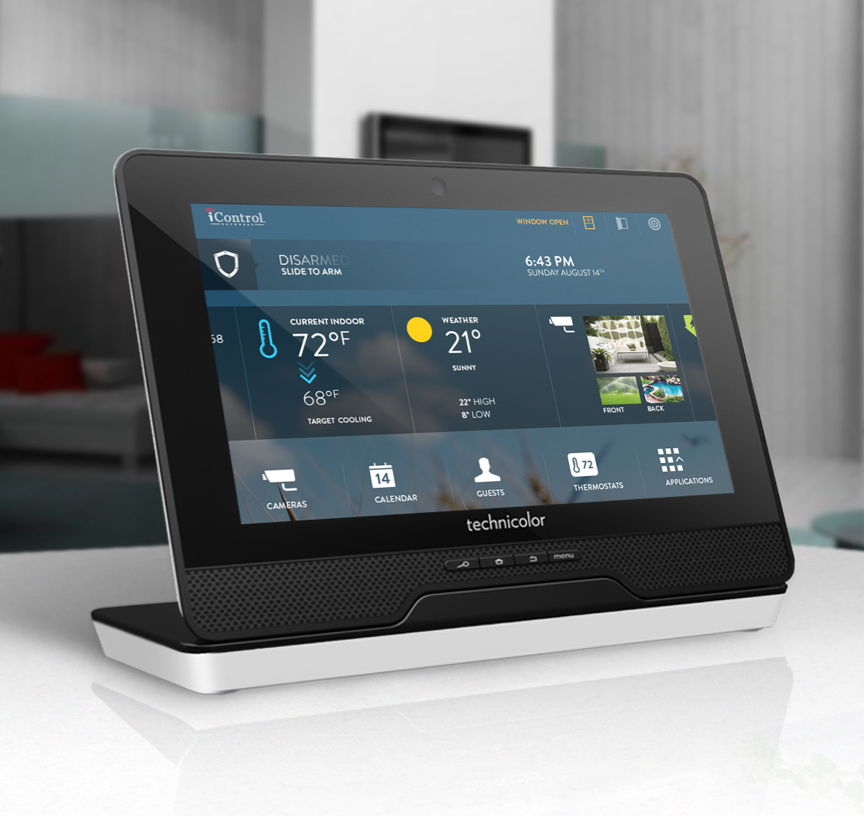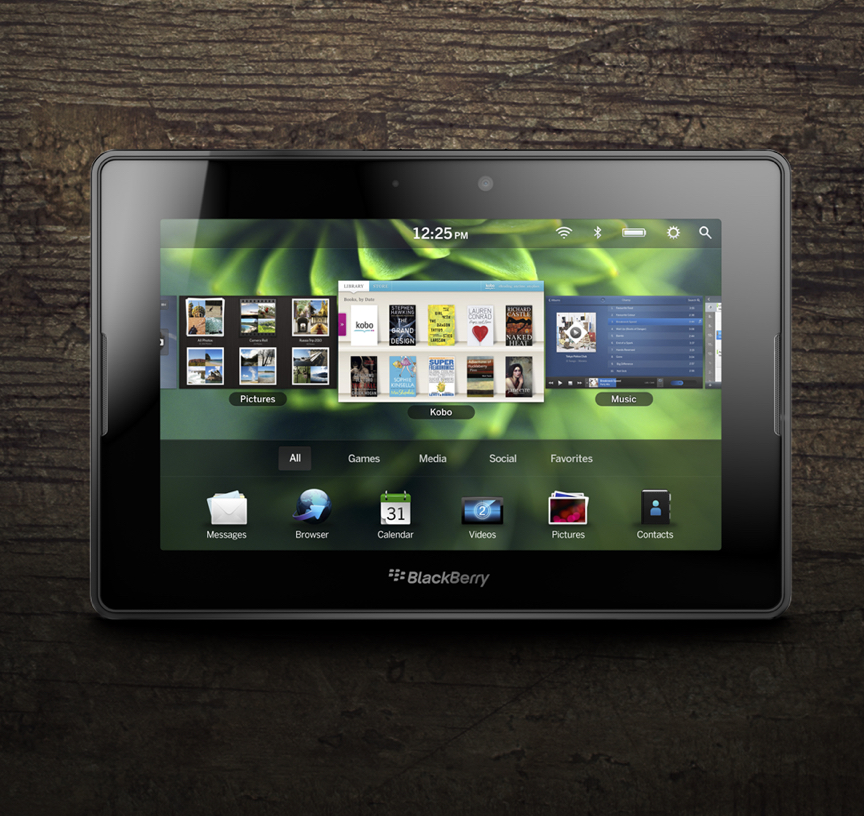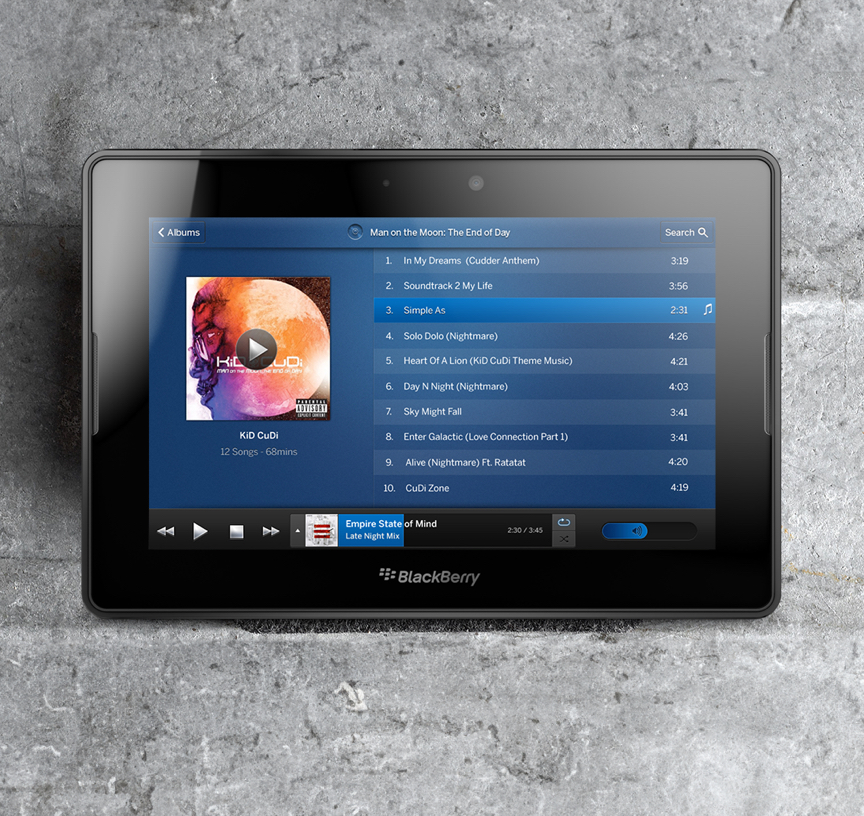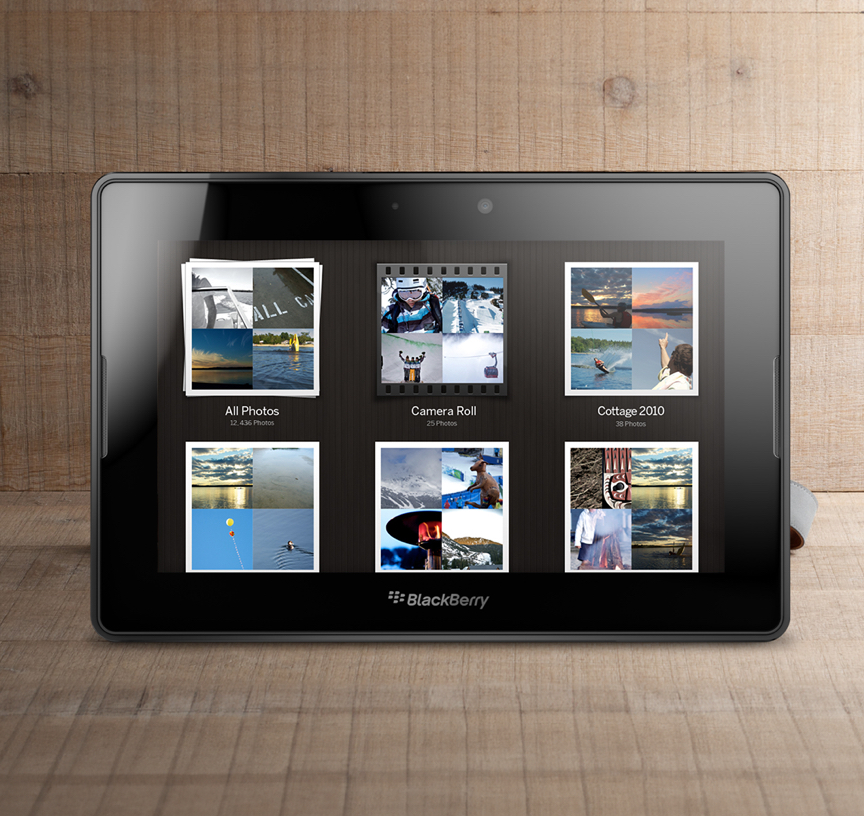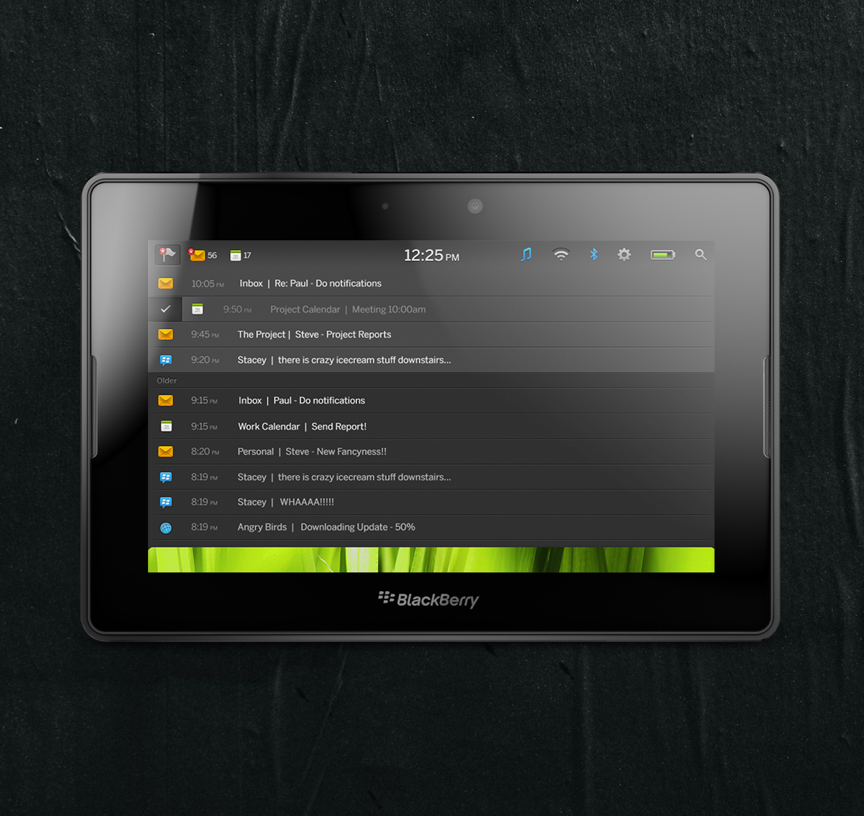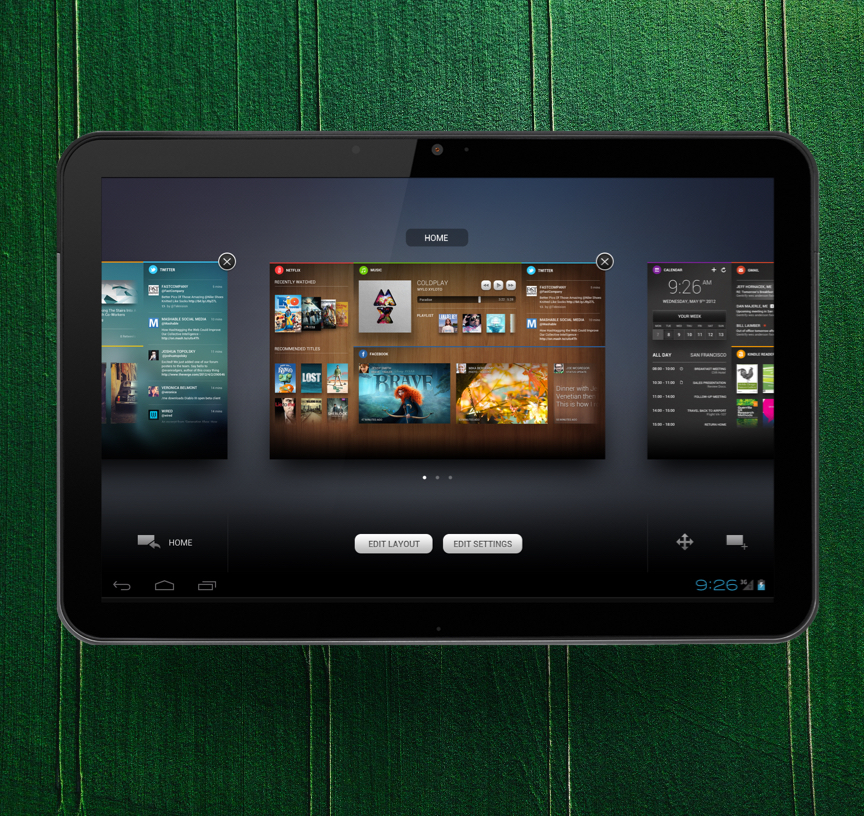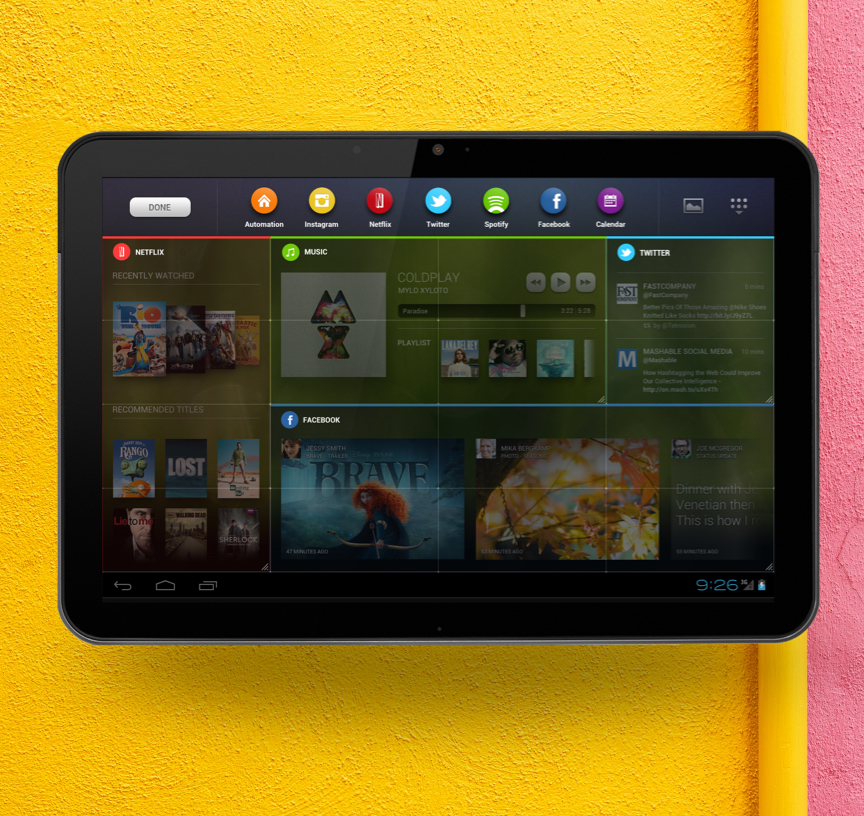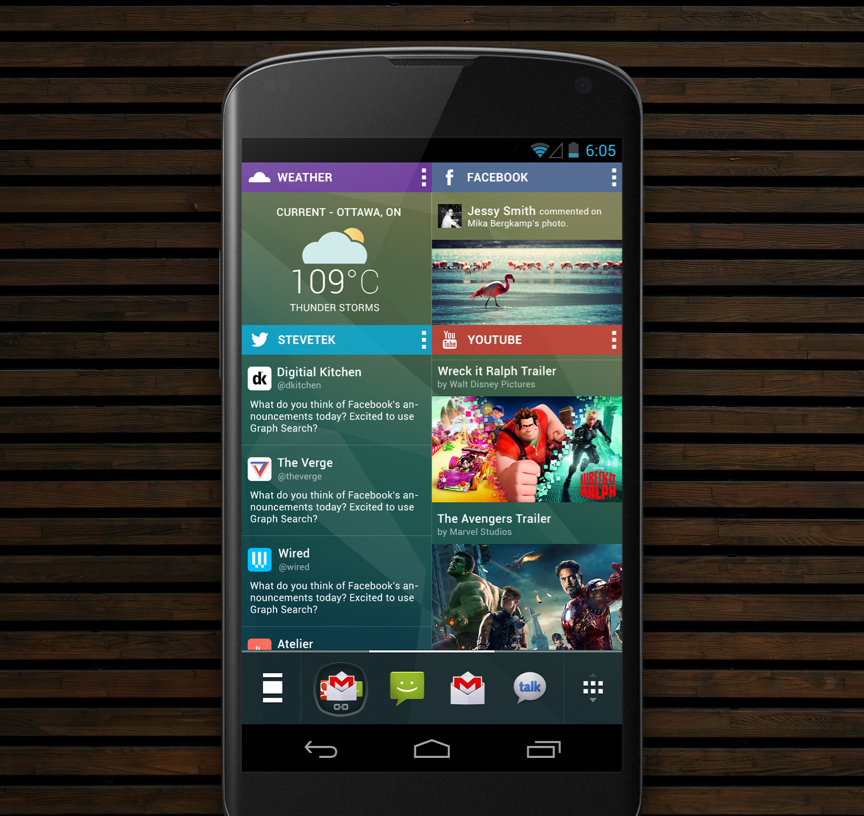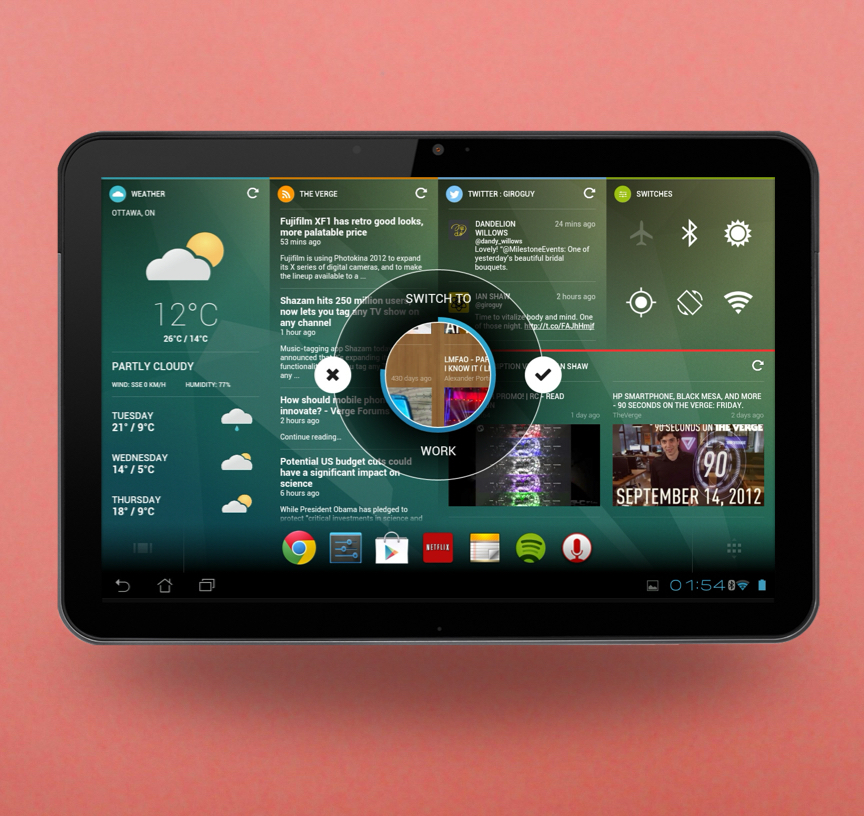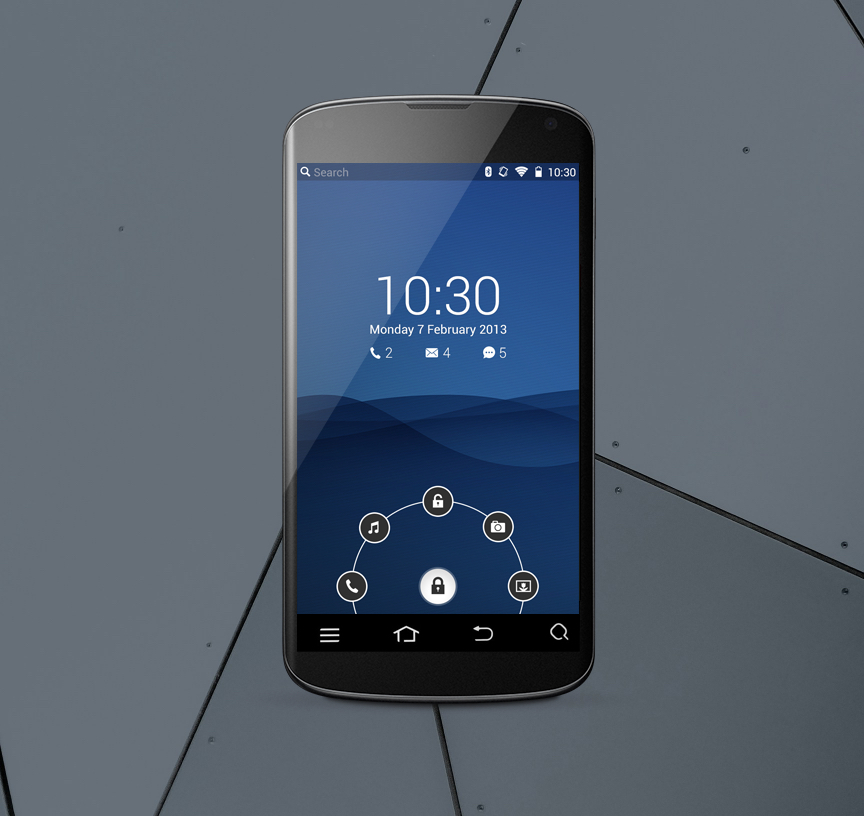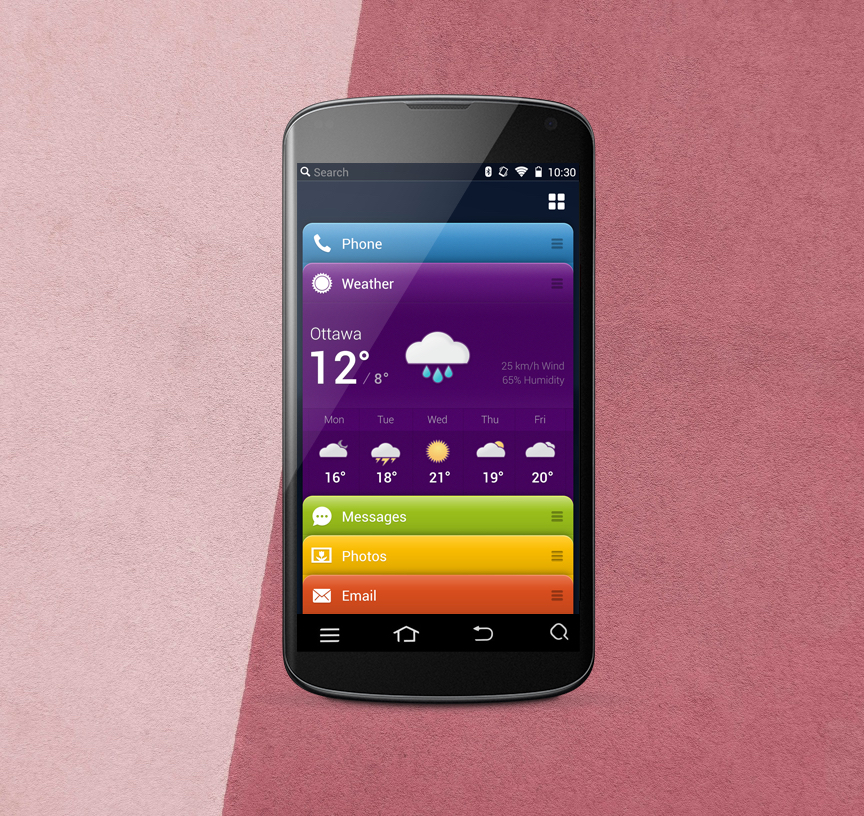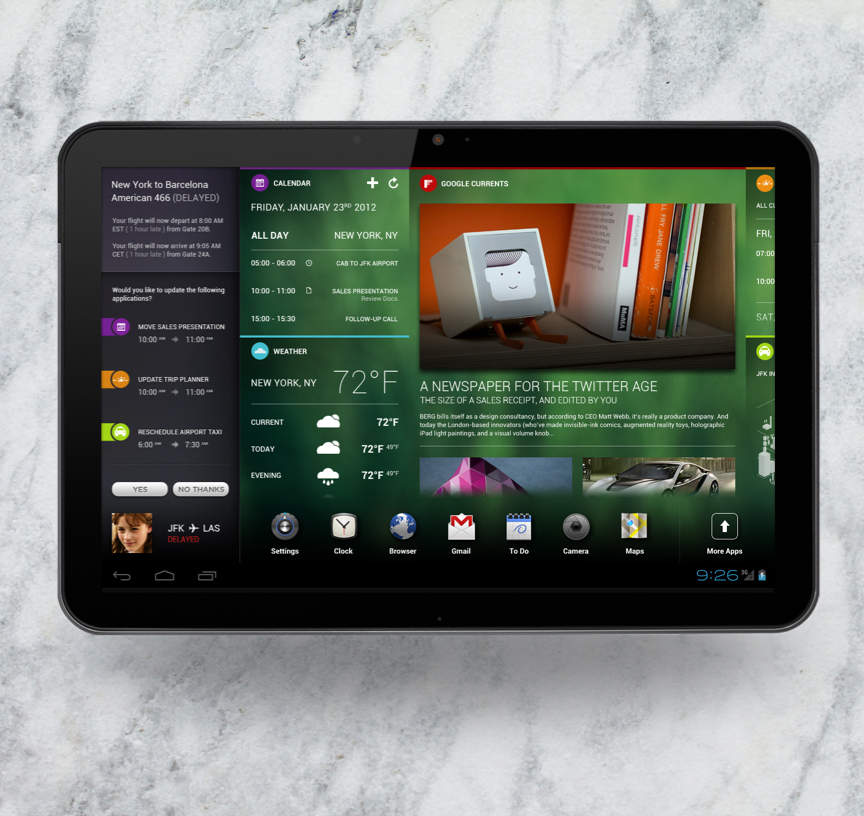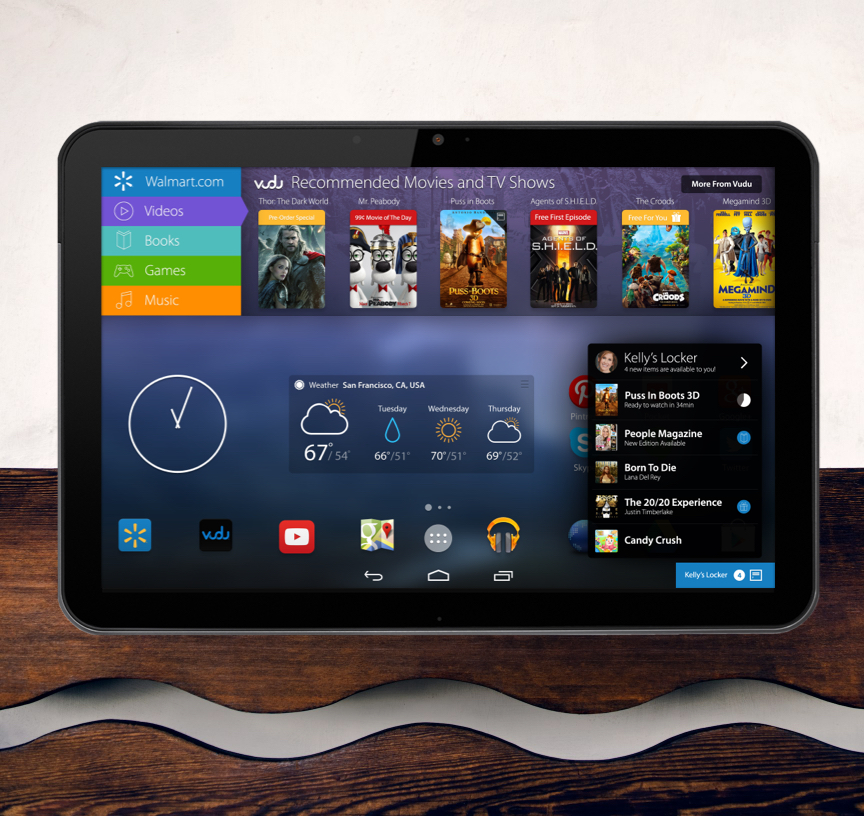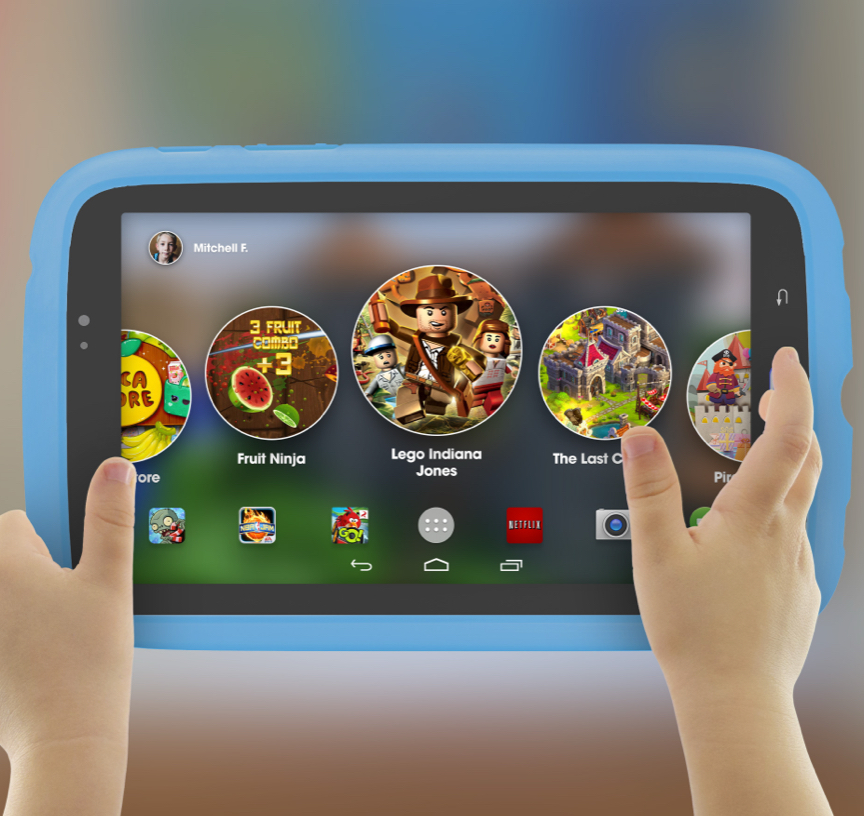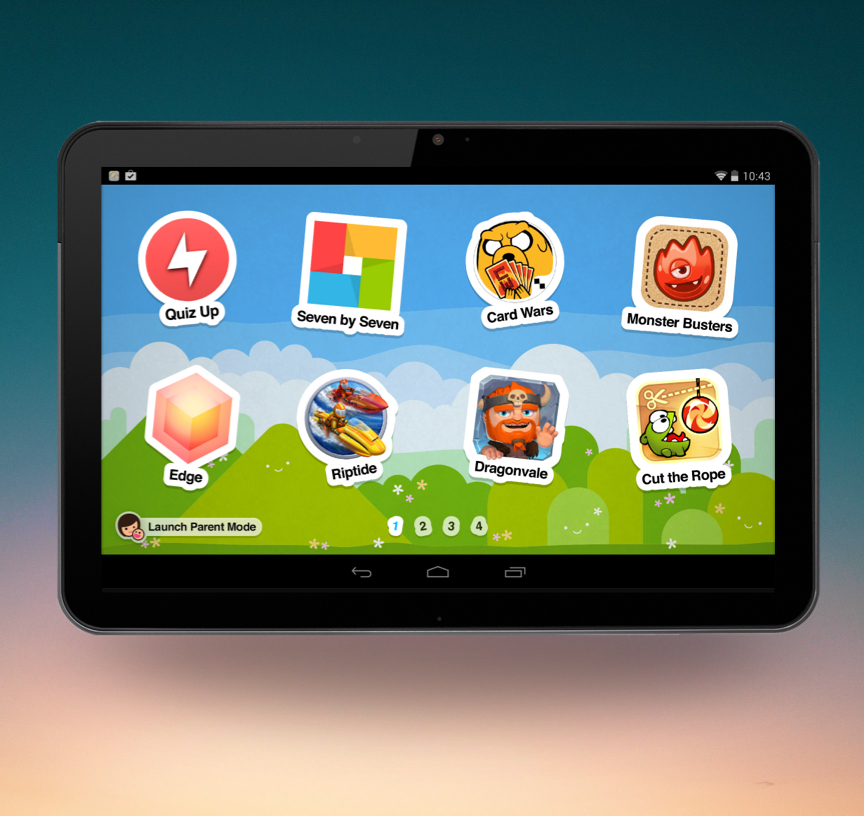At Teknision, I worked on a range of embedded software experiences for connected consumer products, helping shape intuitive, high-performance interfaces on devices where design constraints are real and user expectations are high. These projects blended industrial design, hardware considerations, and software UX, requiring tight collaboration across disciplines.
By leveraging design thinking and Teknision's deep technical roots, I contributed to creating cohesive experiences on everything from smart home devices to automotive systems and consumer tech—translating complex functionality into simple, elegant user interactions directly on the device.
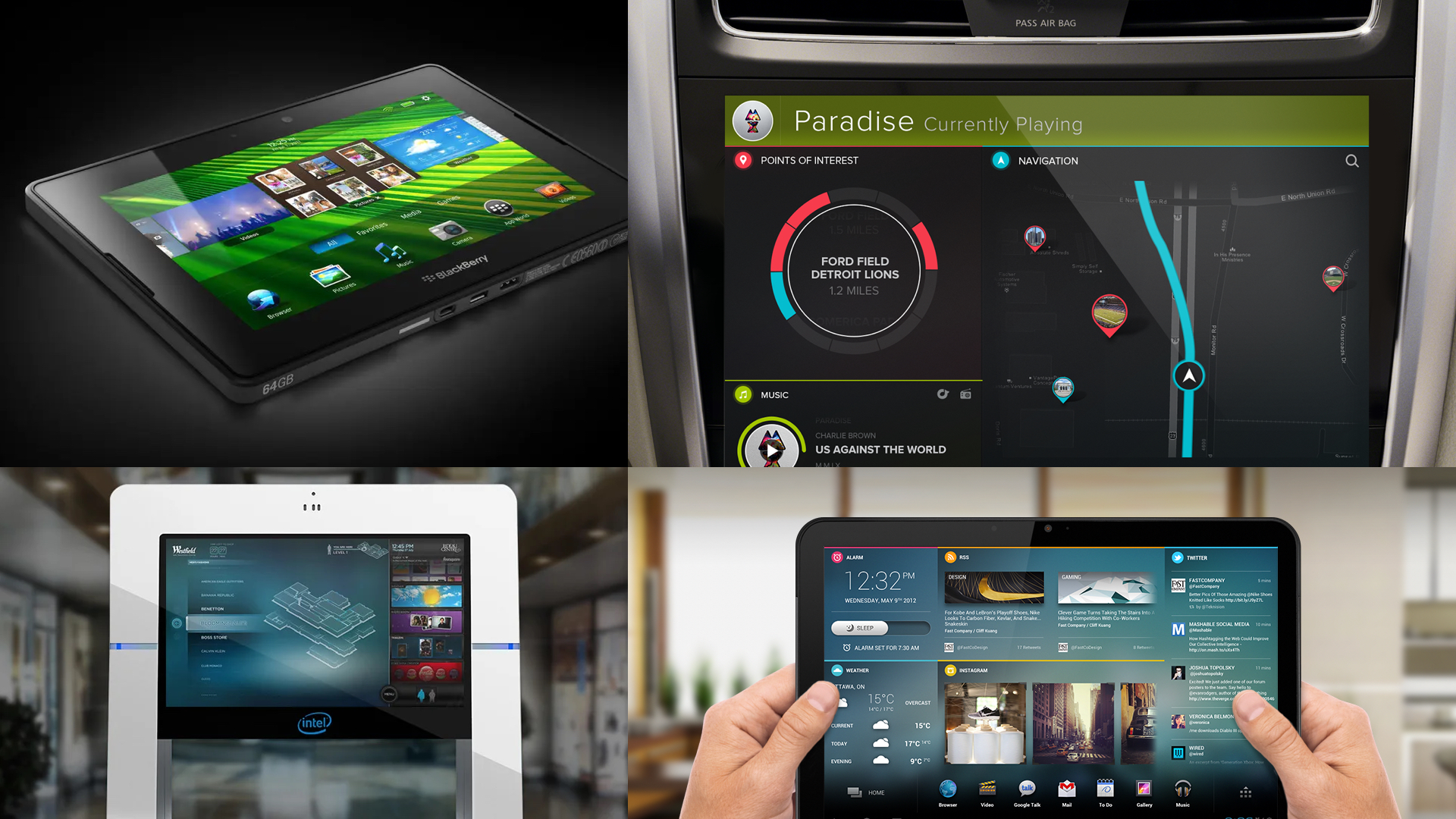
Responsibilities
In my role as a Senior Designer working on the Embedded Experiences, I worked closely with the Creative Director, fellow designers, and the development team to shape and deliver distinctive, on-device user experiences. My responsibilities included:
Conceptualizing and prototyping UI/UX for embedded interfaces across a range of connected consumer products.
Collaborating with clients and stakeholders to translate product goals and user needs into thoughtful, functional design solutions.
Working within hardware and performance constraints to create experiences that felt polished and intuitive, even within limited system resources.
Partnering with developers to ensure design fidelity throughout implementation, and helping bridge gaps between design intent and technical execution.
Participating in cross-disciplinary ideation with industrial design, strategy, and engineering teams to ensure a cohesive product vision from screen to physical interface.
This role demanded both creative thinking and practical problem-solving, pushing the boundaries of what was possible within embedded environments while keeping user experience at the forefront.
Customers
At Teknision, we were engaged by a wide range of clients—spanning startups to established consumer tech brands—to help conceptualize, design, and deliver embedded experiences. Whether supporting early-stage vision work or refining interfaces for market-ready products, we worked closely with customers to understand their goals, explore creative directions and technical solutions, and bring high-impact experiences to life. Many of these collaborations led to shipped products that blended thoughtful UX with strong visual design and technical execution.
BlackBerry PlayBook - Core OS & Media Experiences
As part of Teknision's deep collaboration with RIM (BlackBerry), I played a key role as a Senior UX Designer on the BlackBerry PlayBook—working alongside our Creative Director and VP of UX, as well as BlackBerry's Creative Director, UX Director, and members of their internal design team. Our focus was on shaping both the Media Experiences and the Core Operating System interface for the PlayBook tablet.
Teknision led the overall user experience design effort—from early conceptualization and creative direction through to hands-on execution and delivery. We worked closely with BlackBerry's engineering and QNX teams, embedding directly into product development to ensure a consistent and cohesive design vision across the entire platform.
My contributions included interaction design, motion behavior, UI system development, and platform-specific design solutions. This was a rare opportunity to influence a first-generation OS, where foundational design decisions had lasting product impact. The BlackBerry Tablet OS represented a completely new user experience direction for the company—one that would eventually extend to all RIM devices. The PlayBook engagement resulted in several granted patents and earned near-unanimous industry acclaim for its user experience.
CNET Review: Praised the PlayBook for its fast performance, advanced multitasking, and security features. Noted the integration of Adobe Flash 10.2 for a desktop-style web experience.
Wired Review: Highlighted the PlayBook's sleek design, excellent media viewing experience, and innovative swipe interface. However, it also pointed out limitations such as a lack of native email and calendar apps at launch.
Chameleon Launcher
As Lead Designer on Chameleon Launcher, I helped reimagine the Android home screen from the ground up—transforming it into a dynamic, content-centric experience. Unlike traditional launchers focused on icons and apps, Chameleon prioritized delivering relevant information at a glance, offering users immediate value the moment they unlocked their device.
Designed specifically for Android tablets and phones, Chameleon scaled beautifully across a range of screen sizes—from 5″ phones to 10″ tablets. The experience was built around customizable home screens populated with purpose-built widgets and thoughtfully designed layouts. Users could create multiple screens tailored to different aspects of their day—work, travel, leisure—and access them effortlessly.
What set Chameleon apart was its innovative context system. By leveraging device signals like GPS location, WiFi networks, and time of day, Chameleon automatically surfaced the most relevant home screen based on a user's environment. Whether at home, in the office, or on the move, the interface adapted to present the right content at the right time—delivering on the promise of an experience that was always relevant and immediately valuable.
In my role, I was responsible for:
- Leading the end-to-end UX and visual design across phone and tablet form factors.
- Designing the contextual rules system and widget framework.
- Collaborating closely with the development team to ensure seamless implementation of complex, responsive layouts.
- Supporting product vision through early prototyping, stakeholder presentations, and iterative design refinement.
The project was a unique opportunity to push the boundaries of Android interface design and deliver a deeply personalized experience that blended form, function, and fluidity.
Android Framework
System-Level Customization for OEMs and Product Teams
Building on the success of Chameleon Launcher, we developed the Teknision Android Framework—a flexible and powerful foundation that enabled OEMs to create deeply customized Android experiences across a wide range of consumer products.
Designed to meet the growing demand for product differentiation, the framework gave development teams the ability to access, modify, or replace system-level components, all while maintaining the simplicity of standard Android application development. This meant teams could prototype and build custom ROM elements as standalone apps, then deploy them natively without major architectural changes—accelerating iteration, testing, and integration.
The Teknision Android Framework was licensed across North America, Europe, and Asia, with partners that included Turkcell, Texas Instruments, Toshiba, and Haier, as well as conceptual work with companies like Walmart. It supported a range of use cases including smartphones, tablets, and automotive infotainment systems, allowing OEMs to deliver unique, branded experiences at the OS level.
One highlight was the development of a Kids Launcher, a variant of the framework tailored for child-friendly devices. It featured simplified navigation, parental controls, and curated content experiences—demonstrating the versatility of the framework in adapting to different user needs and markets.
Critically, the framework addressed the complex challenges of global hardware integration and ROM deployment. With distributed teams working under tight timelines, our tools enabled faster integration testing, smoother communication between engineering teams, and more predictable delivery cycles. Its open, modular architecture meant developers could actively participate in the integration process, minimizing risks and ensuring a polished end product.













